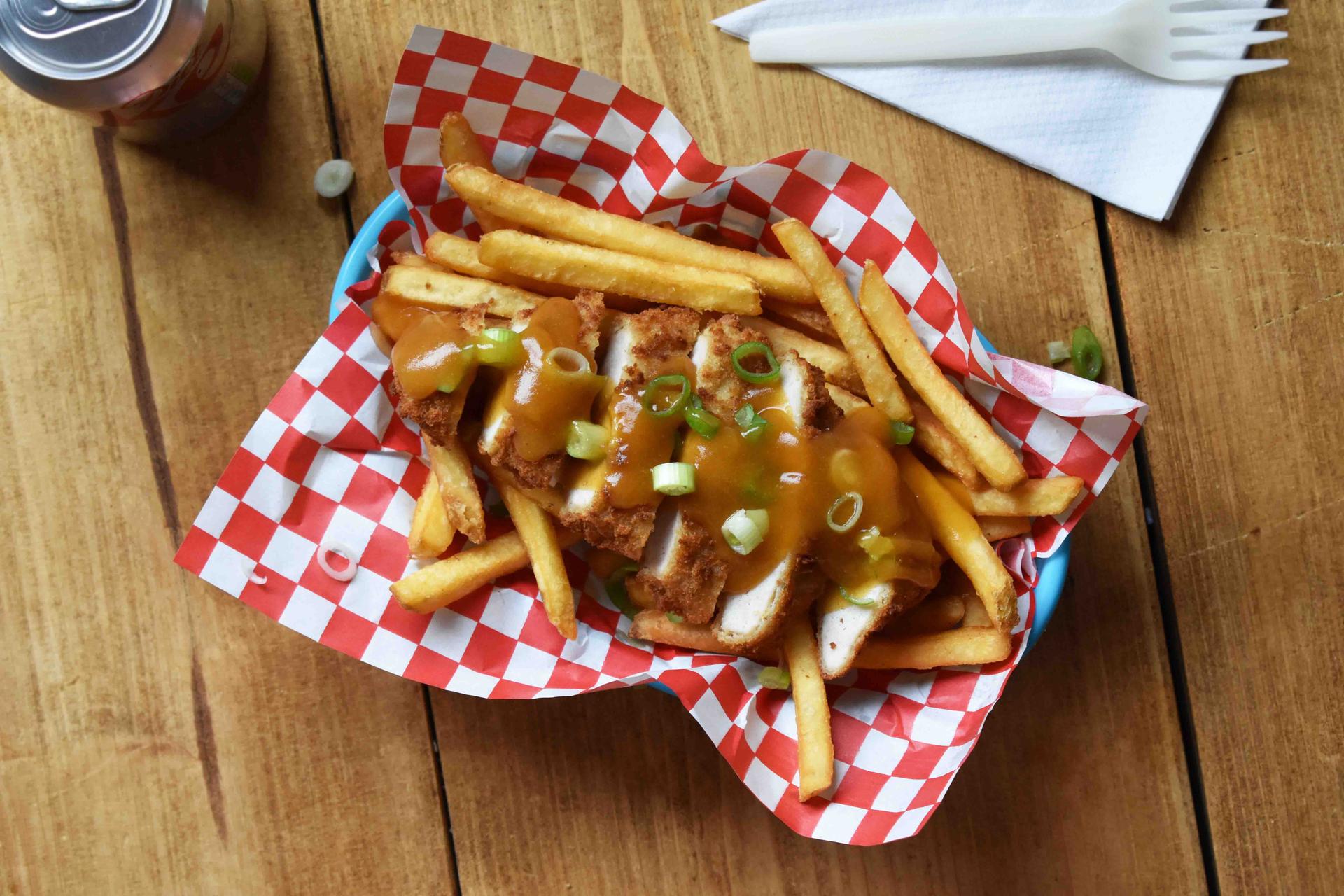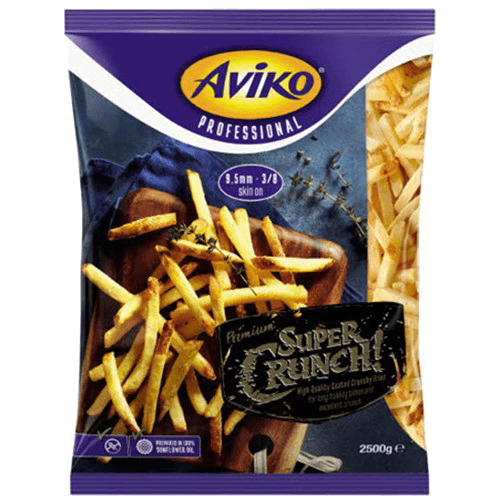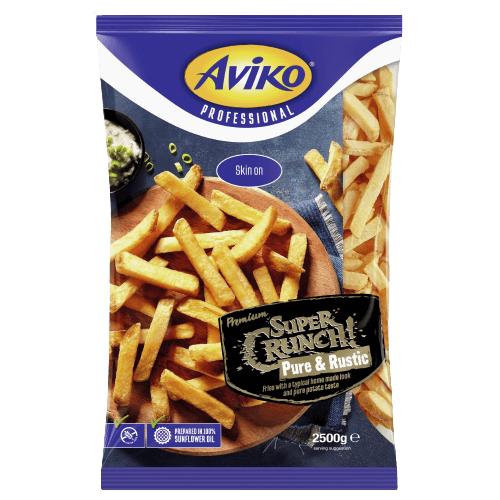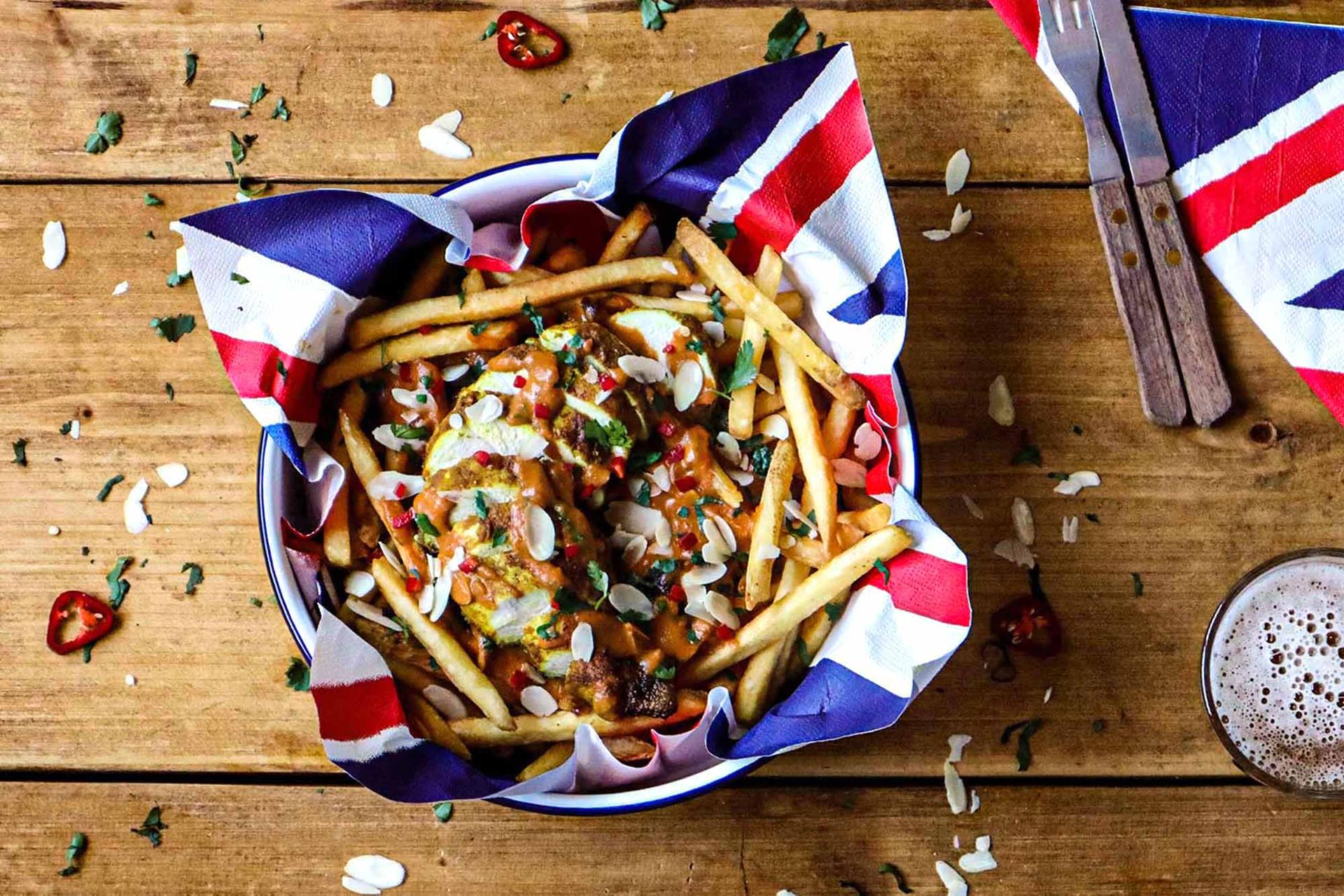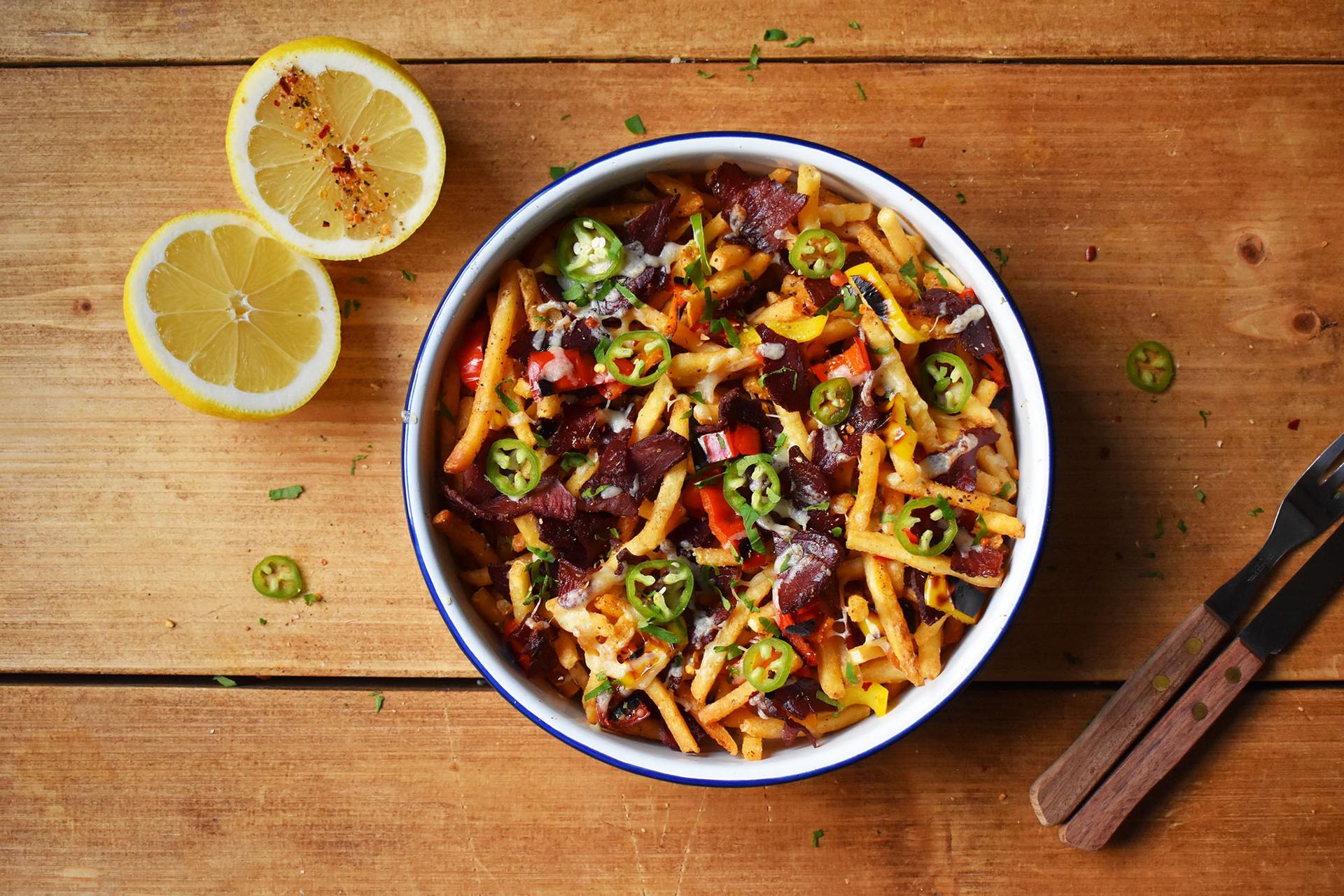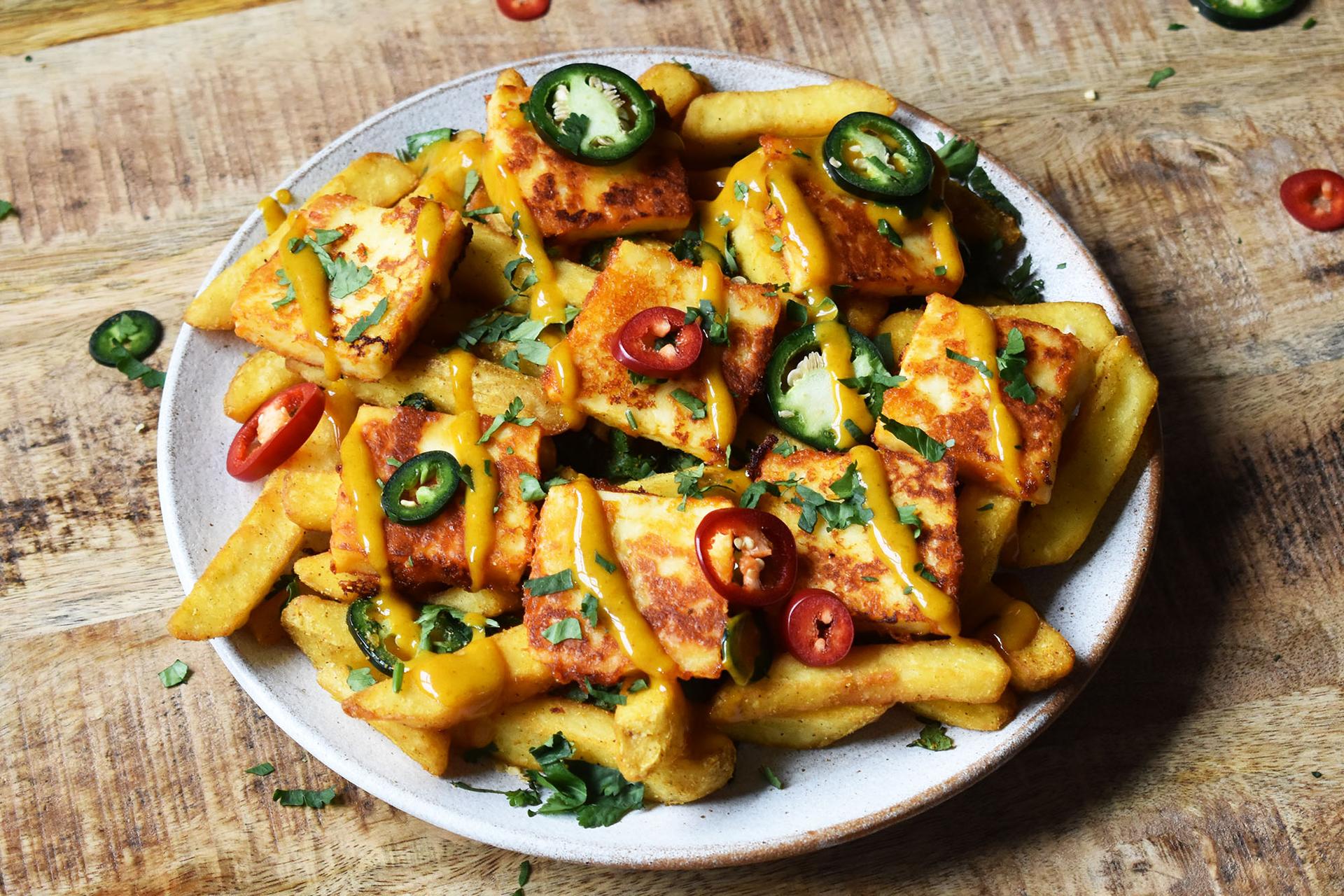
The Food & Beverage Industry: The Current Market Overview
What is the food and beverage industry?
The food and beverage (F&B) industry includes all companies involved in processing raw food materials, as well as those packaging and distributing them. This includes fresh, prepared foods as well as packaged foods, and both alcoholic and non-alcoholic beverages.
The food and beverage industry are divided into two major segments, which are the production and the distribution of edible goods. The first group, production, includes the processing of meats and cheeses and the creation of soft drinks, alcoholic beverages, packaged foods, and other modified foods. Any product meant for human consumption, aside from pharmaceuticals, passes through this sector. Production also covers the processing of meats, cheeses and packaged foods, dairy and alcoholic beverages. The production sector excludes foods and fresh produce that are directly produced via farming, as these fall under agriculture.

How has the rising costs effected the hospitality industry?
Hospitality loses one in 18 sites in latest 12 months as costs crisis bites: Britain has lost around one in 18 of its licenced premises in the last 12 months – that’s 5,736 pubs, hotels, restaurants, bars and cafes – the new Hospitality Market Monitor from CGA by NIQ and AlixPartners reveals. It showed 5% of pubs, restaurants, hotels and cafes have closed in just one year, and means since the start of covid, the market has seen nearly 15,000 venues close. Many of the businesses lost, and still being lost, are independent. In the three months to June 2023, Britain’s number of licensed premises dipped 1.1%. The drop represents 1,139 net closures in the second quarter – equivalent to 12.5 per day. Smaller businesses have borne the brunt of closures, and the independent segment has shed 7% of outlets in the last 12 months – in sharp contrast to fractional growth of 0.1% in the managed hospitality sector. However, the monitor also reveals signs for cautious optimism. Net closures across the first half of 2023 (1,895) were less than half the number seen in the second half of 2022 (3,841), and some units vacated recently have been repurposed by other operators including emerging groups. The casual dining segment is now 5.6% smaller than 12 months ago, but food-led pubs (down 2.9%), high street pubs (down 3.1%) and community pubs (down 4.1%) have all recorded notably fewer closures than the sector.
Britain’s city centres are meanwhile showing growing resilience, with a 4.2% net fall in licensed premises in the 12 months to June 2023 – a better figure than the drops of 5.9% and 5.4% in large and small towns respectively. Karl Chessell, CGA by NIQ’s business unit director – hospitality operators and food, EMEA, said: “It’s been another tough quarter for hospitality, with soaring energy, food and labour costs squeezing businesses’ margins and inflation and interest rate rises sapping consumer confidence. Against that backdrop, managed groups have been impressively resilient in many segments and areas, and there are welcome signs that city centres are back to their pre-covid vibrancy. More venue closures are sadly inevitable while costs remain so high, but the outlook for well-resourced, distinctive, and customer-focused groups remains good.” Graeme Smith, AlixPartners’ managing director, added: “While every business lost is a tragedy, many more are managing to navigate their way through. We are all waiting for this margin-compression cycle to turn, and when that switch comes, the market will, from an investment and lending perspective, right itself quickly. Investors will return, with businesses that have delivered stability and are able to demonstrate growth, top of the agenda.”
The Food & Beverage Industry – Graeme Smiths Insights:
At the Propel Conference in London, Graeme Smith spoke to us about the current market climate. He claimed that food inflation has now returned down to 5% however chocolate, orange juice and other heavily imported products are still heavily inflated. Furthermore, interest rates are still above 5% which leads to financing more expensive. However, Graeme Smith did declare that in 5 years’ time, he can see interest rates being at a steady 3.5% - 4% and inflation will gradually come down, which will be great news for the food and beverage industry. However, even with high inflation and an even higher cost of living, spending on eating out over the past 12 months stands at 6%, with 2024 having a higher spending on eating out per head in the UK. Moreover, eating and dining out on special occasions such as birthdays and anniversaries are still just as important to the consumers even with the cost-of-living crisis. The biggest winners of the year so far are Greggs, who are up 8% in 2024. Profit margins are expanding, however public markets are not benefiting from the positive trading. Smith ended by saying that debt is still available, but a lot more expensive than previous years.

Conclusion:
In conclusion, the current state of the food and beverage industry reflects a landscape shaped by various economic factors, including rising costs and the enduring effects of the COVID-19 pandemic. The hospitality sector has felt the impact, with a significant number of closures reported over the past year, predominantly affecting smaller, independent businesses. Despite these challenges, there are signs of resilience and cautious optimism, with managed groups showing notable stability and certain segments demonstrating growth potential.
Insights from industry expert Graeme Smith shed light on the ongoing challenges facing the sector, such as persistent inflation and high financing costs. However, there is hope on the horizon, with forecasts indicating a gradual easing of inflation and interest rates in the coming years. Despite the current economic strain, consumer spending on dining out remains relatively robust, suggesting a continued demand for food and beverage experiences.
While challenges persist, there are success stories to be found, with companies like Greggs demonstrating growth in profit margins amidst the adversity. Moving forward, it will be crucial for businesses to adapt to the evolving economic landscape, leveraging available resources while navigating the complexities of financing in a post-pandemic world.
Overall, while the road ahead may be challenging, there is reason to believe in the resilience of the food and beverage industry. By staying attuned to market trends, embracing innovation, and fostering consumer trust, businesses can position themselves for success in the evolving economic climate.
Inspire Your Menu
